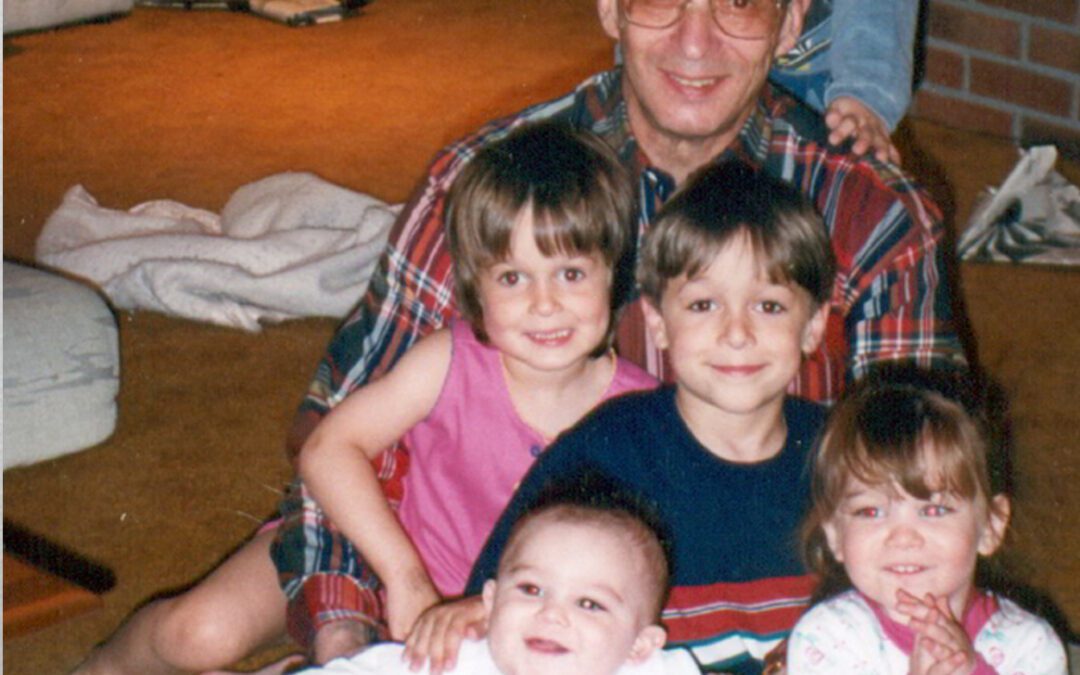
Photo credit: Rabbi Katy Allen
I remember when I was turning 60 thinking that this was going to be a productive decade for me. I had a good feeling about it. I remembered that for my own mother, her 60s had been a decade overflowing with creative output. I hoped that I might be able to match her. I think I did pretty well. Those were rich years for me. Overall, they played out well.
Not so long ago, I turned 70. I find myself looking toward this next decade with a different perspective. During my 60s, I did a lot of creative work that involved working with other people, building organizations, making things happen. Now, I find myself much more interested in doing internal creative work, bringing forth from within me what needs to be shared from my learnings during life’s journey, allowing my wisdom and understanding a home in the world.
Which brings me to the question, “How can I live until I die, and how can Torah help me to do that?” I’m thinking about my response to this question in relation to Parashat Bereshit, and the beginning of the Torah. Which feels like a perfect match for me. After all, the first few chapters of Genesis are all about creativity! The super-important beginning we read in the Torah is all about bringing into fruition the yearnings of the heart, in this case, G!d’s heart. But we humans, I think to myself, are meant to follow in G!d’s footsteps, to be partners with G!d in the ongoing task of creation, so it’s really about us, too.
I imagine in my mind the first Creation story, each section ending so poetically, “And there was evening, and there was morning, Day 1 (2, 3, 4, etc.).” This whole first narrative feels like a story meant to be told aloud, or a lyrical poem. It has never felt to me to be a scientific statement of how the world came to be. It is a dream, a soft and inviting watercolor painting, a multi-colored quilt, a grand dance. It is a beautiful myth.
The second Creation story, about Adam and Eve, for all its mythological content, feels more real to me, perhaps because it contains actual people and conversation, and an edge of fear. There are limits. We can’t do whatever we want. There are consequences to our actions.
And then, before we know it, Adam and Eve’s offspring are killing each other. The pain of the world outside my door has intruded into the lyricism with which the Torah began.
Taken together, these two stories provide the warp and weft of all that is woven into my life. To dream, I must. To experience poetry, lyricism, grand dance, and the soft blending of hues in the watercolor painting of life are crucial to my survival. This is the message from Elohim, G!d, in the first story. But to ignore all that is outside my door, to ignore the reality of limits – including the length of my days – is to bury my head in the sand and not be fully human. To try to pretend that I can live in Eden is to deny my own humanity and prevent my growth and development as one created b’tzlem elohim, in the image of the Mystery, as one member of the species homo sapiens. This is the message from Adonai, the Ineffable Yod-Hey-Vav-Hey, G!d, in the second story.
The Biblical historian can explain the origins of two separate creation stories. The scientist can give me facts and figures. But only my heart, working together with my mind and my soul, can bring together an understanding of both Elohim and Adonai in my life. Only my heart, working together with my mind and my soul, can decide that it is worth living until my body says it is time to die.
Ken y’hi ratzon, may it be so.
Rabbi Katy Allen is the founder and rabbi of Ma’yan Tikvah – A Wellspring of Hope, which holds services outdoors all year long and has a growing children’s outdoor learning program, Y’ladim BaTeva. She is the founder and founder of the Jewish Climate Action Network-MA, a board certified chaplain, and a former hospital and hospice chaplain. She received her ordination from the Academy for Jewish Religion in Yonkers, NY, in 2005, and lives in Wayland, MA, with her spouse, Gabi Mezger, who leads the singing at Ma’yan Tikvah.










0 Comments